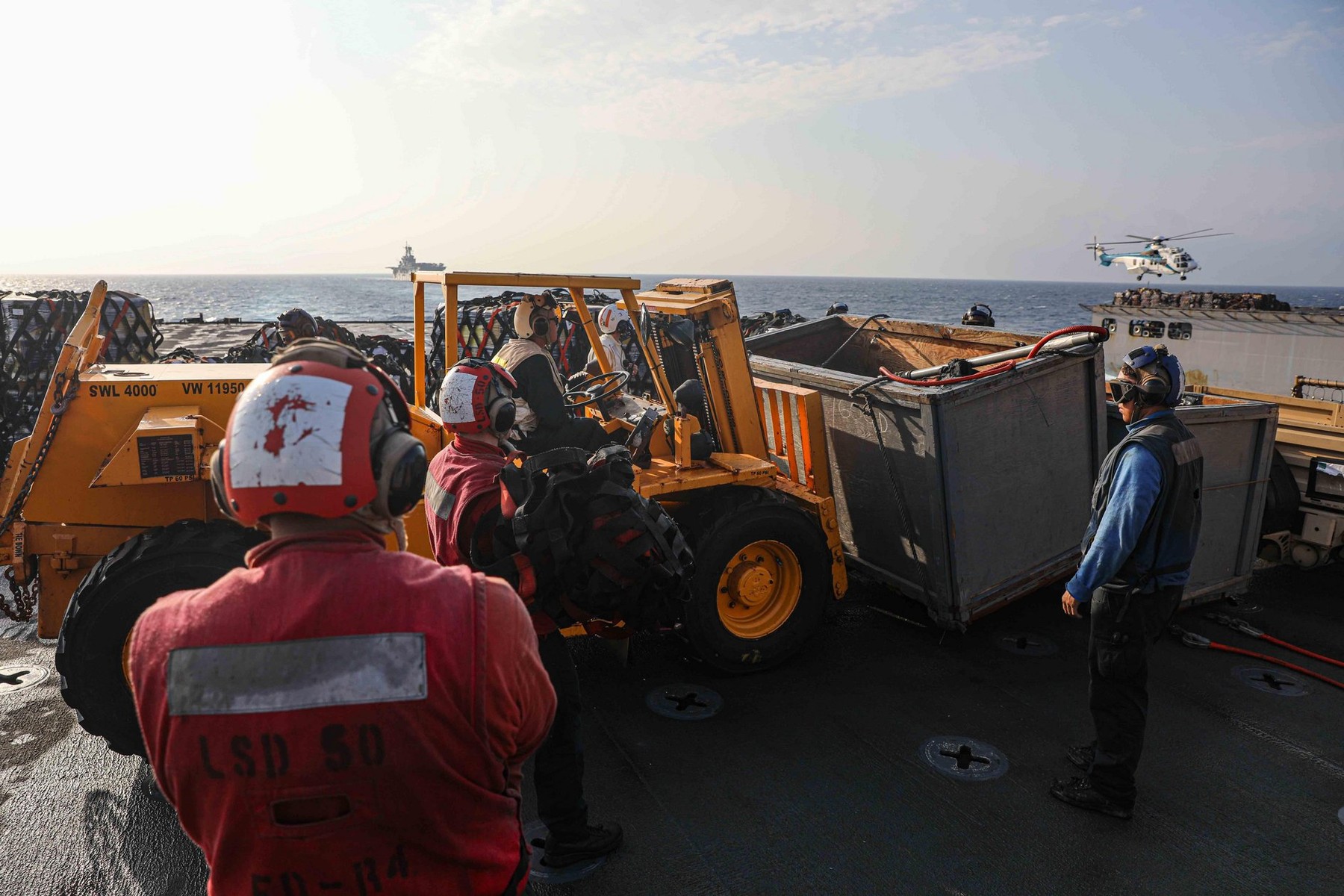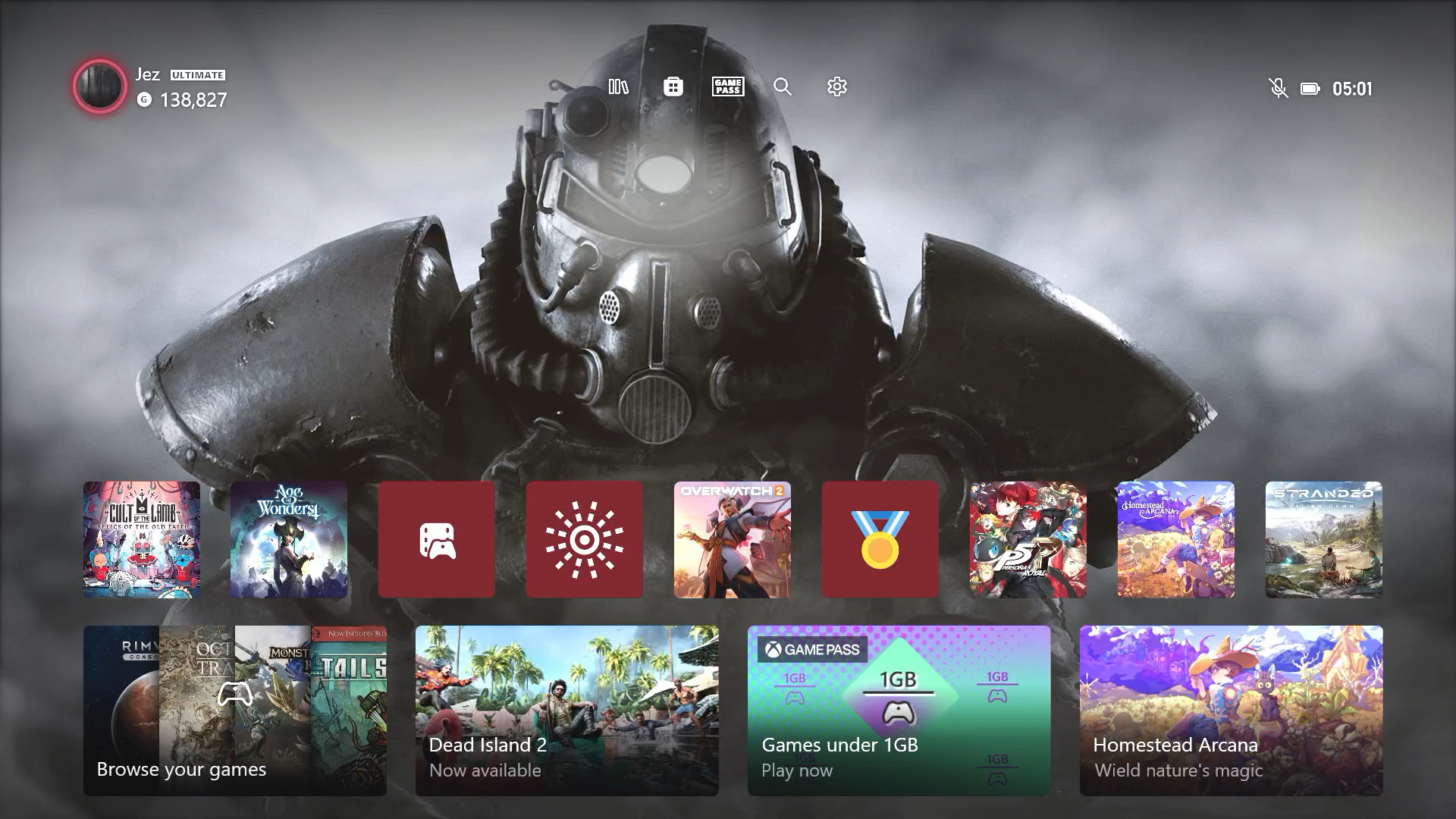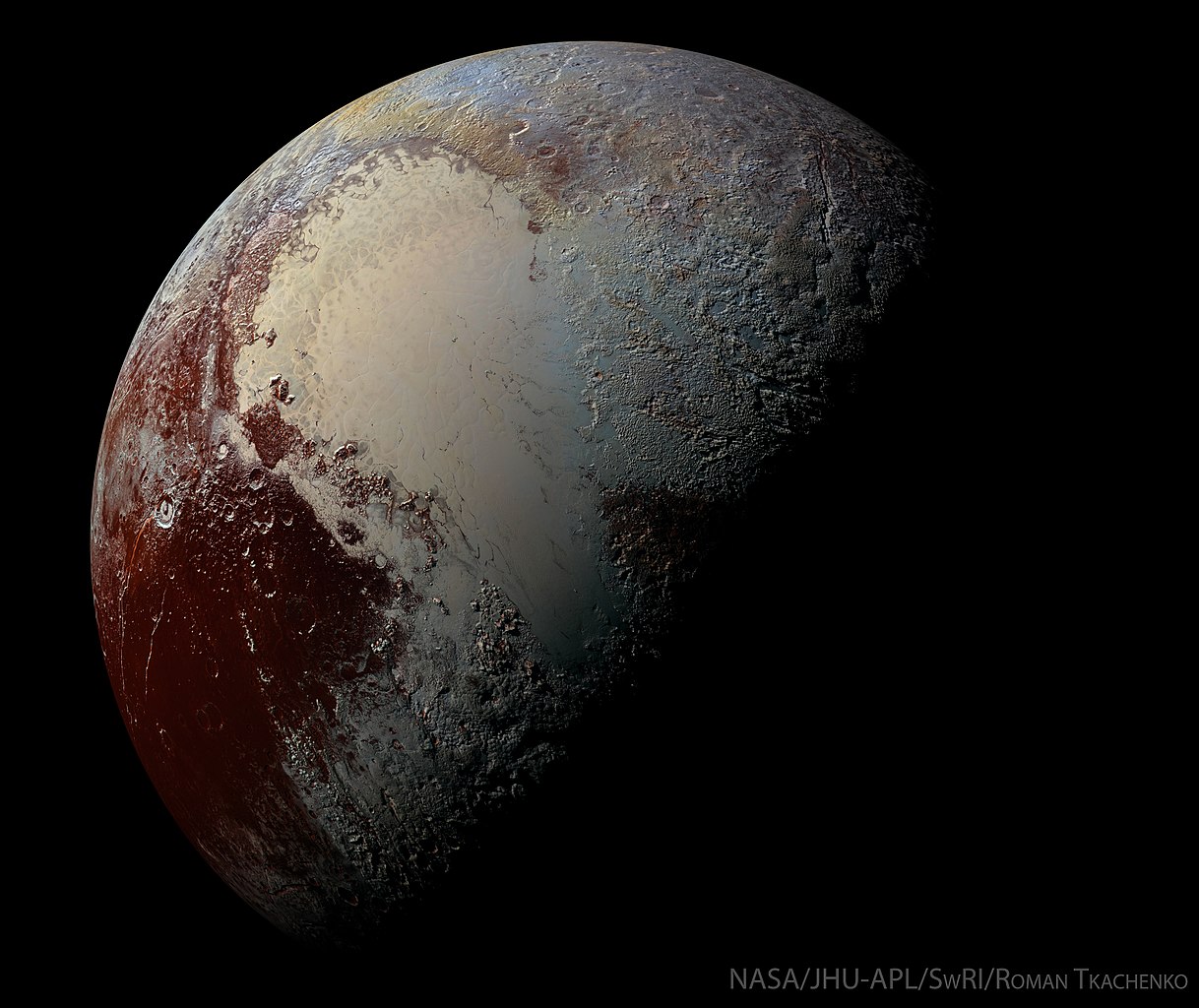When Columbus's small fleet, equipped at extraordinary expense, crossed the Atlantic to America in 1492, no one thought that we would one day be able to make this journey in a few hours and at an expense comparable to the wallet of an ordinary person. The situation is similar with the human conquest of various celestial bodies in the solar system, which remain inaccessible to this day. Although the specific preparations are for the near future (the Moon, then Mars), in 500 years or less we may easily make our way to distant planets and moons. the The universe today He thought of the idea of a manned mission to Pluto with the help of some experts.
The most detailed images of Pluto's surface through the eyes of the Hubble Space Telescope, in 2002-2003.
Source: NASA, ESA and M. Buie (Southwestern Research Institute)
Since 2015, Pluto is no longer just a blurry spot of light, but a celestial body with an interesting surface, which we were then able to get to know more closely thanks to the New Horizons spacecraft. Although the former planet has been downgraded to a dwarf planet, that doesn't mean it's a less exciting place. “I think we can eventually send humans anywhere in the solar system,” said Dr. Alan Stern, New Horizons' principal scientist. He added that today the matter would still be very hasty, because we barely know anything about most celestial bodies, and the task exceeds our current technical capabilities. It cannot be neglected that today there is no reason to spend money on such roads. “But maybe in 200 or 500 years it will be completely different.”
Pluto's atmosphere surrounds the dwarf planet in a bluish glow. The atmosphere is made up of materials that rise from the surface and only form as the sun approaches. The image was taken by New Horizons, looking back at the celestial body, which was backlit by the Sun.
Source: NASA/Johns Hopkins University Applied Physics Laboratory/Southwestern Research Institute
New Horizons is the fastest spacecraft ever built by humanity, reaching Jupiter in one year, where it accelerated further through a gravitational swing maneuver, but it still took another 8 years to reach Pluto. Pluto is, on average, 5.9 billion kilometers away from the Sun, and the radio signal is about 5.9 billion kilometers away. It takes 4.5 hours to get there.
Of course, there is also the opinion that humans will never walk on the surface of Pluto. Dr. Mike Brown, a professor at the California Institute of Technology, believes that “it is clearly very unlikely that we will send humans to Pluto or any other inner body in the Kuiper Belt, but we probably will not go anywhere in the outer solar system.” I don't think any rationally thinking group is currently planning something like this (and never will). Of course, this allows us to play with the idea, but keeping in mind that something like this would never happen.”
New Horizons has only flown close to Pluto, so it was able to maintain its speed for “only” a 9-year journey, but even a robotic orbiter or lander would have to slow down to reach its destination. This would increase travel time dramatically, with our current technology it would take over 20 years!
Comparative diagram of the Moon, Earth, and Pluto, on a large scale.
Source: Wikimedia Commons
“However, this is likely to become much easier in the distant future. The simpler it is, the cheaper it is.” Dr. Alan Stern added: “If something like Star Trek happens, going to Pluto will be a walk in the park compared to traveling to “Interstellar space, I think it will have a lot of scientific benefits.”
New Horizons has provided stunning images of nitrogen plains and water ice ridges on Pluto, and the data suggest that even this distant icy world may have a subsurface ocean. Pluto's surface temperature is very cold: it averages -229 degrees Celsius. According to its internal structure, it is assumed that it contains a rocky core, and it is surrounded by an ocean of water, which could form a layer at least 100 kilometers thick at depth, and above that, it could be a solid crust composed of water ice.
“The good thing about humans is that we are much more efficient explorers than robots, but there are also a million disadvantages in the technical field, because of the extreme distance between humans,” said Dr. Anne Verbisser, a professor at the University of Virginia. Pluto and its low gravity.” Although humans can perform a number of in situ experiments, robots cannot. Of course, robots must first learn as much as possible about celestial bodies.
Whether we will ever be able to set foot on Pluto remains among the questions of the distant future, but through this journey we can truly learn what it is like to sustain human life at a great distance, separate from Earth.














































